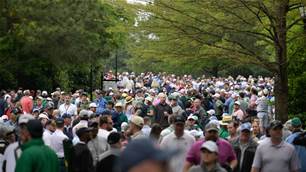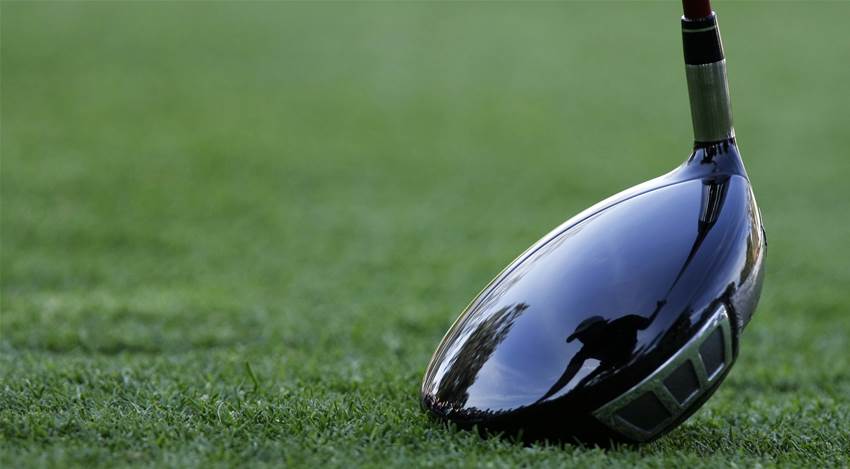Less distance for pros and elite amateurs but more for those who need it. That looks to be the trade off the R&A and USGA are seeking as they inch ever closer to a roll back of distance at the top levels of the game.
Lost in the hype around Cameron Smith’s Players win and Greg Norman’s LIV Golf League announcement last week came word from the R&A and USGA regarding what appears an inevitable move to curtail driving distance at the elite levels of the game.
But in what is the most politically charged debate in golf, the authorities are taking things slowly (to the frustration of many, it has to be said) as they seek to create rules that will achieve the desired outcome for the long term.
Many have misgivings about the notion of different equipment rules for elite amateur and professional competition versus club players, but that seems the path the R&A and USGA have chosen.
Of the two main ‘Areas of Interest’ listed for discussion in the announcement, the one relating to driver performance gave the biggest clue of what might be to come.
"While not a formal bifurcation of the rules it is, in effect, just that and overcomes the main stumbling block to a roll back: manufacturer push back." - Rod Morri.
Under the heading ‘Model Local Rules – club performance’, the authorities say they will:
‘Investigate the impact of a reduction of the allowable spring-like effect and moment of inertia in drivers. The governing bodies are considering these topics within the context of Model Local Rules that could be utilised for competitions involving the highest level of elite golfers. There is also interest in considering whether the adoption of these potential Model Local Rules could also allow the elimination of the MOI limit for recreational golfers, which could facilitate greater innovation and provide modest distance increases at this level of the game.’
In other words, elite events can institute a local rule reducing driver performance but, equally, lesser events can allow equipment with less stringent specifications.
While not a formal bifurcation of the rules it is, in effect, just that and overcomes the main stumbling block to a roll back: manufacturer push back.
First, it doesn’t target the weekend warrior hence there is less to lose for those in the business of making and selling golf clubs.
But it actually goes a step further and offers manufacturers the opportunity to design and sell clubs that go even longer for those who need it.
Politically it’s a clever move though it’s not without issues. Elite players are not the only long hitters and most clubs have at least a handful of golfers who drive the ball prodigious distances with little control over direction.
It causes a myriad of problems for suburban golf clubs and at some point, will have to be addressed but as a first step in the overall move towards a more sustainable game, it makes sense.
Distance is an emotive subject and the lack of attention paid to last week’s announcement might ultimately prove a positive.
Knee jerk reactions from both sides of the debate have historically done little to move things forward and a more measured approach from all concerned will be in the best long term interests of the game.
Golf courses simply cannot continue to expand their footprint and reining in distance at the top level before tackling the problem further down the pecking order is a step in the right direction.
Related Articles

Column: Spread the Scottish Open’s wings once again

Lee sets new Aussie golf mark with fourth Norman medal













